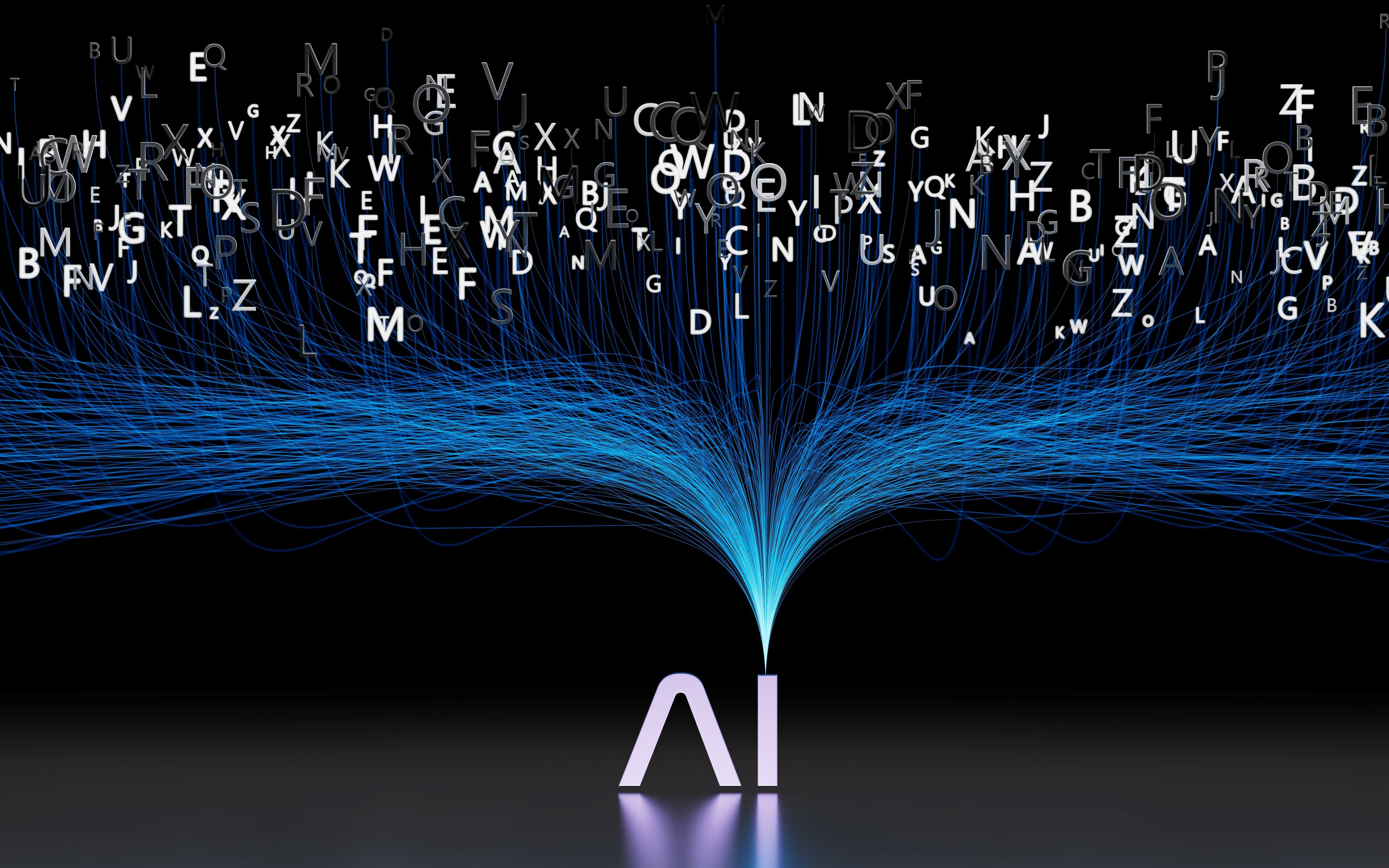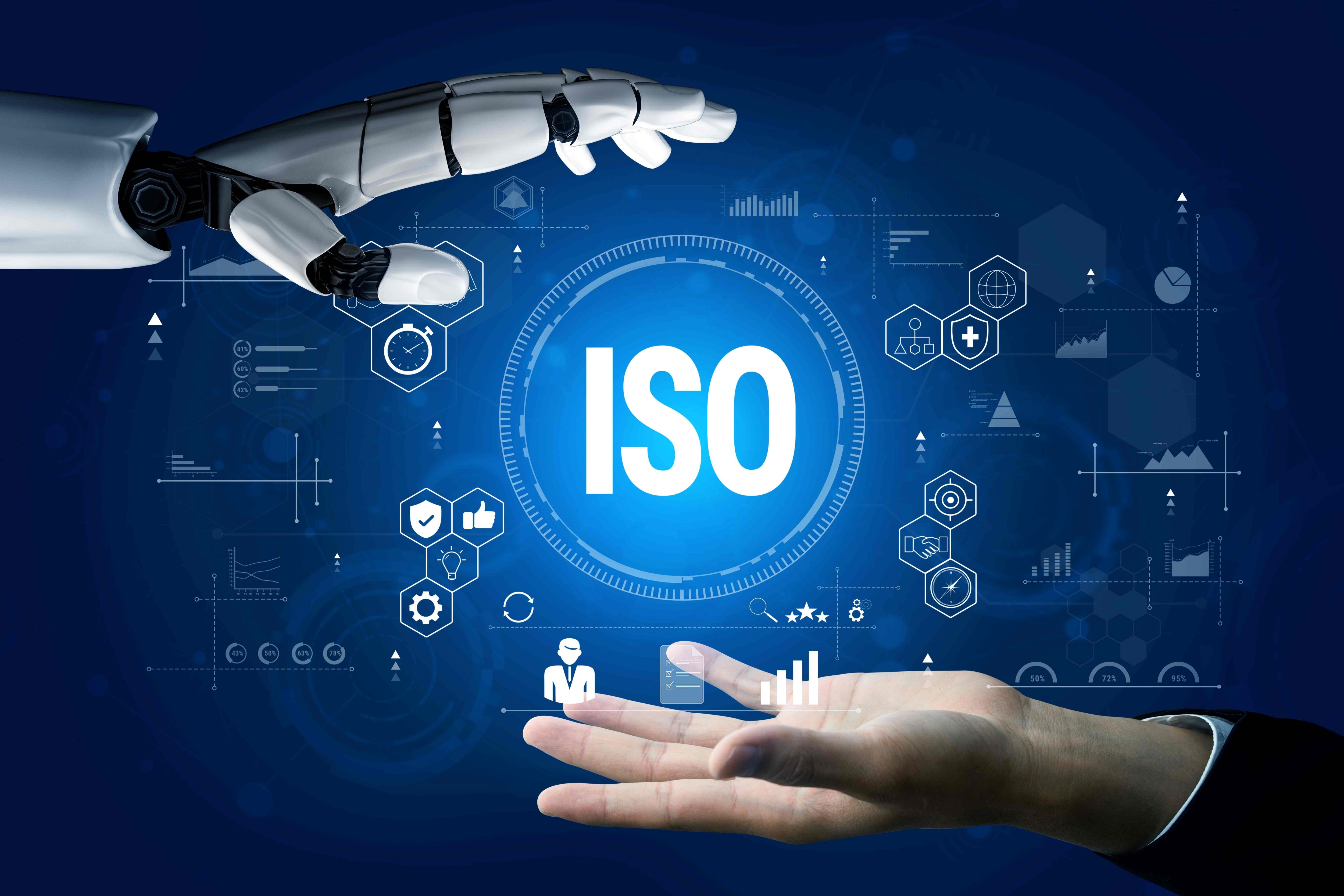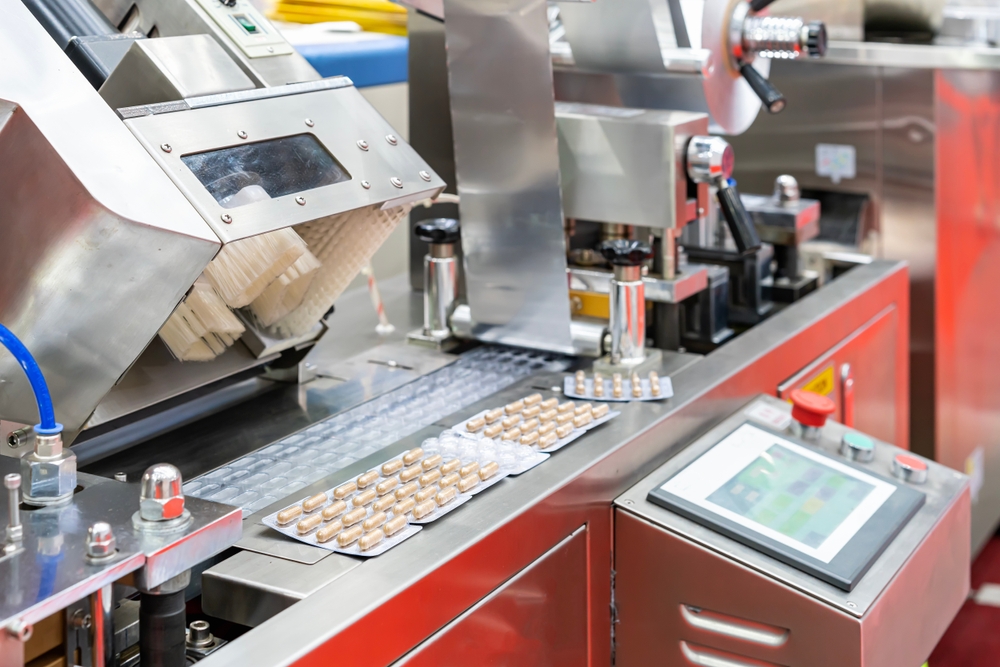From Steam to EV Dream
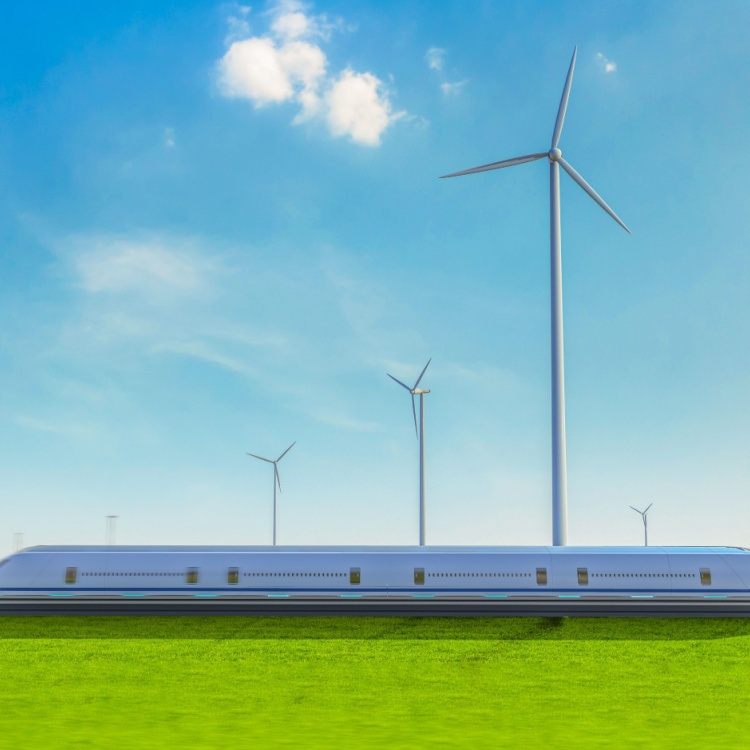
Trains are joining four-wheel vehicles and aircraft in the hybrid space.
Numbers may show that traveling medium distances via train can reduce carbon emissions by 80%, and as high as 87% when opting to travel by train instead of booking a domestic flight. As far as its carbon footprint goes, trains have a smaller one compared to airplanes and conventional ICE cars.
However, railway systems in some parts of the world are converting to hybrid and even battery-operated trains.
(Also Read: Shifting Gears: Electric Buses around the World)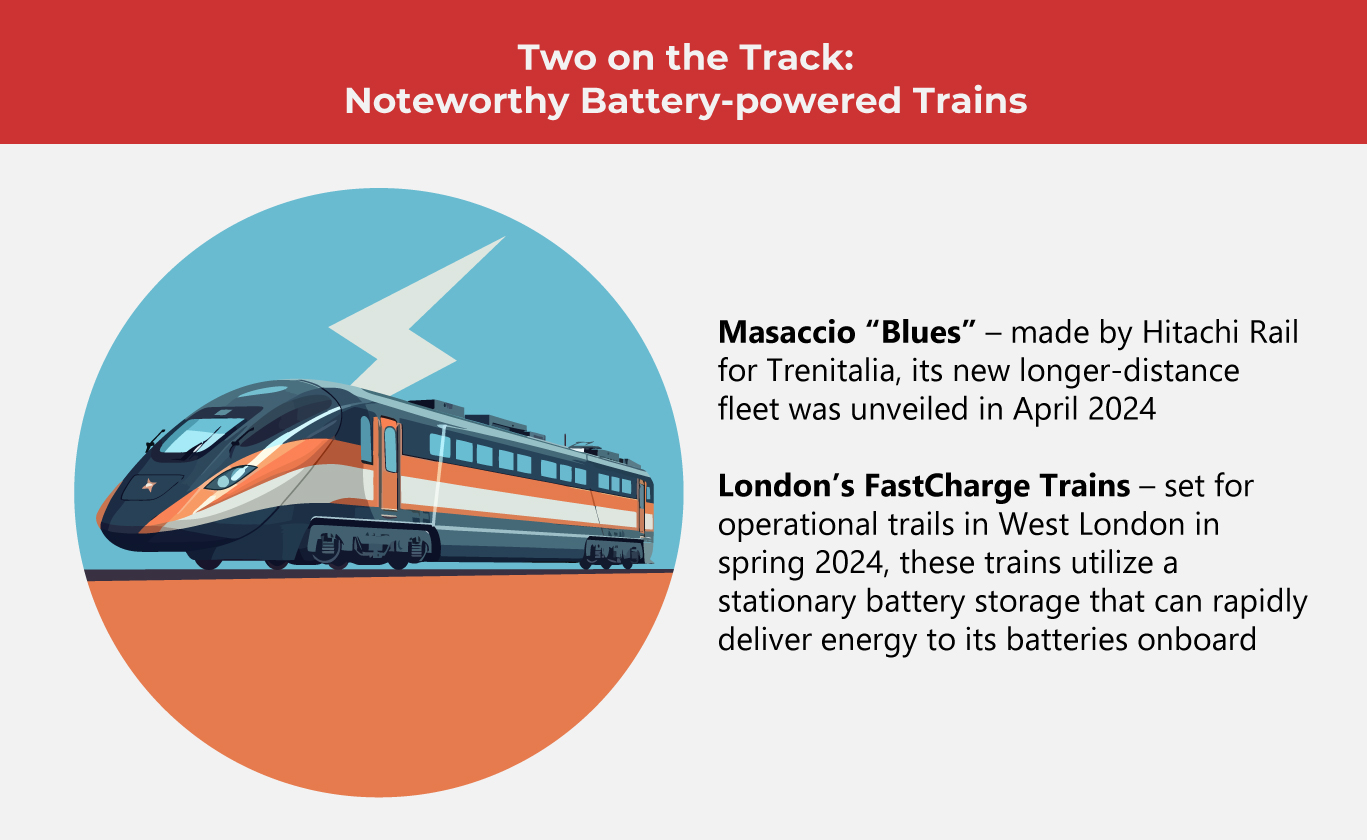
All Aboard the Masaccio
The Masaccio is an intercity hybrid Italian train fleet that entered service in 2022. Built by Hitachi Rail, the Masaccio draws energy from electric, battery, diesel, and hybrid power. This was the first time batteries were used as a major power source for commercial trains in Europe.
In hybrid driving mode, the train can recover energy when decelerating or braking. It is said to reduce carbon emissions by half compared to conventional diesel-powered counterparts.
The Masaccio’s battery provides extra power for it to handle tough gradients. Hitachi Rail Group COO and Hitachi Rail Italy CEO Luca D’Aquila said, “The roll-out of our cutting-edge Masaccio battery train marks an important step in our efforts to decarbonize European rail. With around 40% of regional lines across the continent remaining unelectrified, battery hybrid technology can have an immediate impact.”
What’s more, these hybrid trains are made out of 93% recyclable material. Its interiors are sleek, spacious, and hardworking, designed for heavy-duty traveling across Italy. Provisions for bicycles, snowboards, and travel luggage were thoughtfully placed inside the train cars.
By 2023, Hitachi Rail completed its first tranche delivery of twenty of these hybrid trains (nicknamed “Blues” by Trenitalia, Italy’s primary train operator.) The whole project cost €1.23bn, with the agreement of delivery of up to 135 trains.
In April 2024, Hitachi Rail unveiled new long-distance versions of the Masaccio. This upgrade boasts that it can further cut carbon emissions by 83% when it enters service later in the year. What’s great about this is that the technology can be used on older model trains or “backward compatible”, which means previous models can be retrofitted with the new battery technology.
Britain’s Great Western Railway: Fully Charged
Meanwhile, in Great Britain, battery-powered trains are set for operational trials in spring 2024.
The train fleet, operated by the Great Western Railway (GWR) will have super-fast charging capabilities and will provide power for traction batteries in under four minutes, with a power of up to 2000 kW, according to Railway Supply.
The train’s charging system makes use of stationary battery storage that can rapidly deliver energy to its batteries onboard. It recharges via an electrical grid from the train’s third rail.
A representative from GWR said that it will soon be possible to replace conventional diesel trains on 80 secondary British lines totaling over 3500km.
In February 2024, GWR achieved a milestone when it announced that its battery train (the Class 230) traveled 86 miles without needing a single recharge. The record distance could have even gone farther, engineers say, as the train only used 45% of its battery capacity when it hit the 70-mile mark.
The route the train used was set in a real-world environment, which posed a significant and practical challenge. The train ran at speeds of up to 60mph, and went through hilly routes, with elevation changes of up to 200 meters, according to its engineers.
GWR’s Engineering Director, Dr. Simon Green said, “We were delighted by how the train battery performed today and during its series of test runs. In fact, it’s fair to say it has surpassed the expectations of our team of engineers. Achieving these distances gives us great confidence as we press forward with this industry-leading fast-charge technology.”
More Battery-powered Trains to Come
Electric trains are evolving. Conventionally, its power source comes from overhead lines, its third rail (which is powered by the area’s electric grid), or batteries. Battery-powered trains store alternating current or direct current stored in ultracapacitors.
Today, scientists and engineers are quickly taking to hybrid and battery-powered trains more. For instance, Hitachi Rail is moving from hybrid to battery-powered trains. The batteries on these trains recharge when the train brakes. It can also draw power from an overhead system connected to a power line.
Italy and the UK may be ahead of the fleet for now, but they only prove that it can be done well, as long as operators keep their eye on the objective: reducing the carbon footprint, eliminating the need for diesel as a source of power, and making travel easeful and safe for everyone.  As one of the Top 20 EMS companies in the world, IMI has over 40 years of experience in providing electronics manufacturing and technology solutions.
As one of the Top 20 EMS companies in the world, IMI has over 40 years of experience in providing electronics manufacturing and technology solutions.
We are ready to support your business on a global scale.
Our proven technical expertise, worldwide reach, and vast experience in high-growth and emerging markets make us the ideal global manufacturing solutions partner.
Let's work together to build our future today.
Other Blog
